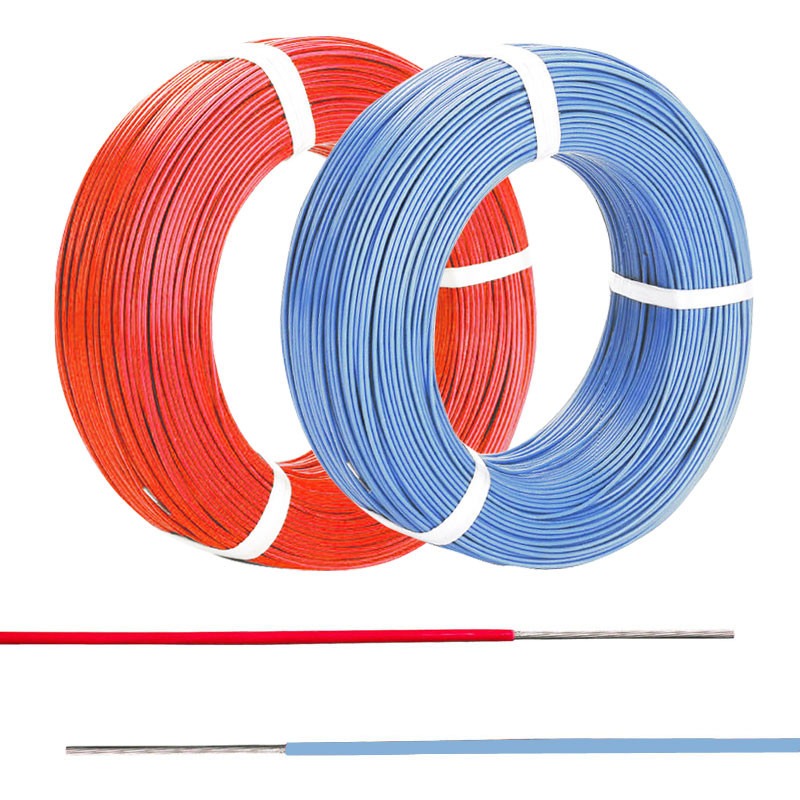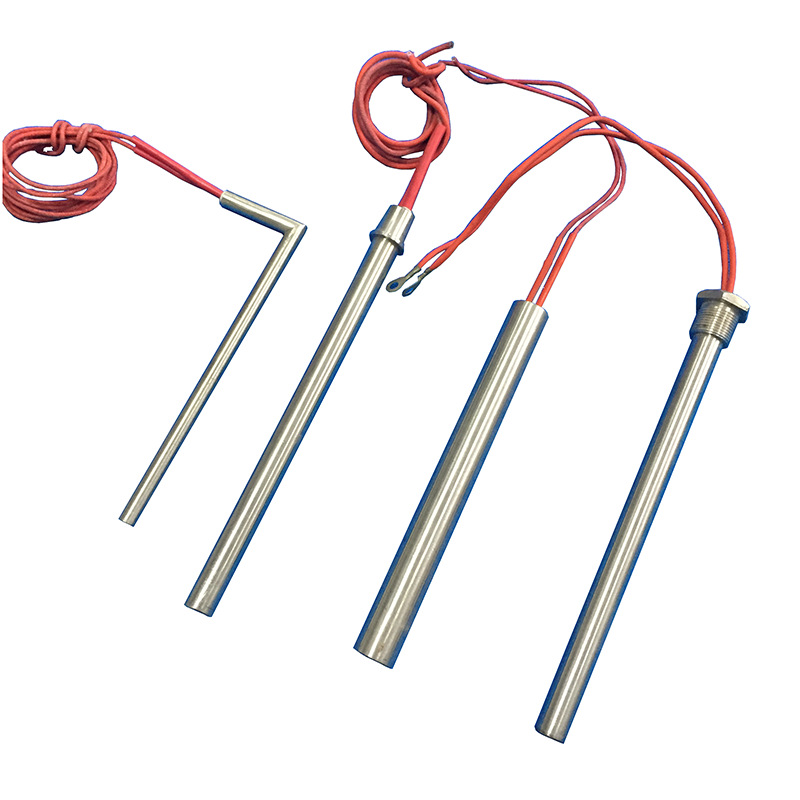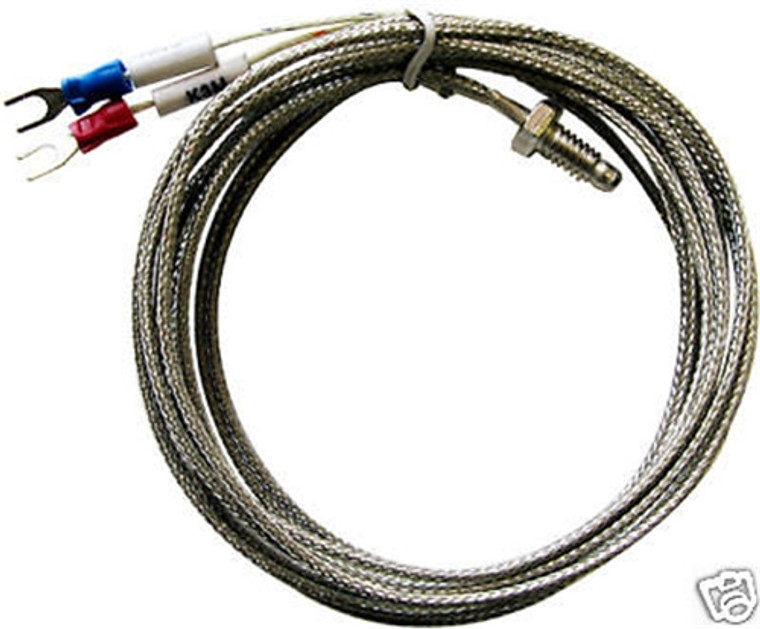Keeping your pipes from freezing in winter is just the tip of the iceberg! A self-regulating heating cable offers a hidden superpower in process control. These innovative cables automatically adjust their heat output based on the surrounding temperature, ensuring consistent and efficient heating for various industrial applications.
This guide explores 5 ways a quality self-regulating heating cable can significantly improve industrial process control:
- Precise Temperature Maintenance:
Maintaining a specific temperature is crucial for many industrial processes. Traditional heating methods often struggle with maintaining consistent heat, leading to fluctuations that can impact product quality. Self-regulating heating cables solve this problem:
- Automatic Temperature Regulation: The cable automatically adjusts its heat output based on the surrounding temperature. As the temperature rises, the cable reduces heat output, and vice versa. This ensures a consistent and precise heating environment, crucial for processes like:
- Chemical reactions: Maintaining a specific temperature is essential for many chemical reactions to occur correctly. Self-regulating cables ensure consistent heat, leading to predictable and reliable outcomes.
- Food and beverage production: Certain food and beverage products require specific temperatures during processing. Self-regulating cables help maintain these temperatures, ensuring product quality and safety.
- Adhesive curing: Many adhesives require a specific temperature range to cure properly. Self-regulating cables provide the consistent heat needed for optimal adhesive curing.
- Energy Efficiency:
Traditional heating methods often waste energy by constantly pumping out heat, even when it’s not needed. Self-regulating cables offer a more efficient solution:
- Heat Only When Needed: The cable only generates heat when the surrounding temperature falls below the desired level. This eliminates unnecessary energy consumption and reduces your overall operating costs.
- Easy Installation and Maintenance:
Traditional heating systems can be complex to install and maintain. Self-regulating heating cables offer a simpler solution:
- Flexible and Easy to Install: The cables are self-contained and easy to install on pipes, tanks, or vessels. They can be cut to length on-site, minimizing waste and simplifying installation.
- Low Maintenance: Self-regulating cables require minimal maintenance. They have no thermostats or other controls to worry about, reducing ongoing maintenance costs.
- Freeze Protection for Critical Applications:
Protecting pipes and equipment from freezing is essential in cold environments. Self-regulating heating cables offer reliable freeze protection:
- Automatic Freeze Protection: The cable automatically increases heat output as the temperature drops, preventing pipes and equipment from freezing and potential damage. This is crucial for applications like:
- Water and wastewater treatment plants: Frozen pipes can disrupt critical operations in these facilities. Self-regulating cables ensure uninterrupted operation during cold weather.
- Fire sprinkler systems: Frozen sprinkler pipes can render a fire protection system useless. Self-regulating cables ensure these systems are always operational, even in freezing temperatures.
- Enhanced Safety:
Traditional heating methods can pose safety risks, such as overheating or electrical hazards. Self-regulating heating cables offer a safer alternative:
- Self-Limiting Design: The cable automatically limits its heat output, preventing overheating and potential fire hazards. This makes them ideal for use in sensitive environments with flammable materials.
Final Words
Self-regulating heating cables are a versatile tool for improving process control in various industrial applications. They offer precise temperature maintenance, energy efficiency, easy installation, reliable freeze protection, and enhanced safety.By considering the benefits and choosing the right cable for your specific needs, you can improve your process control, ensure product quality, and save energy in your industrial setting.














